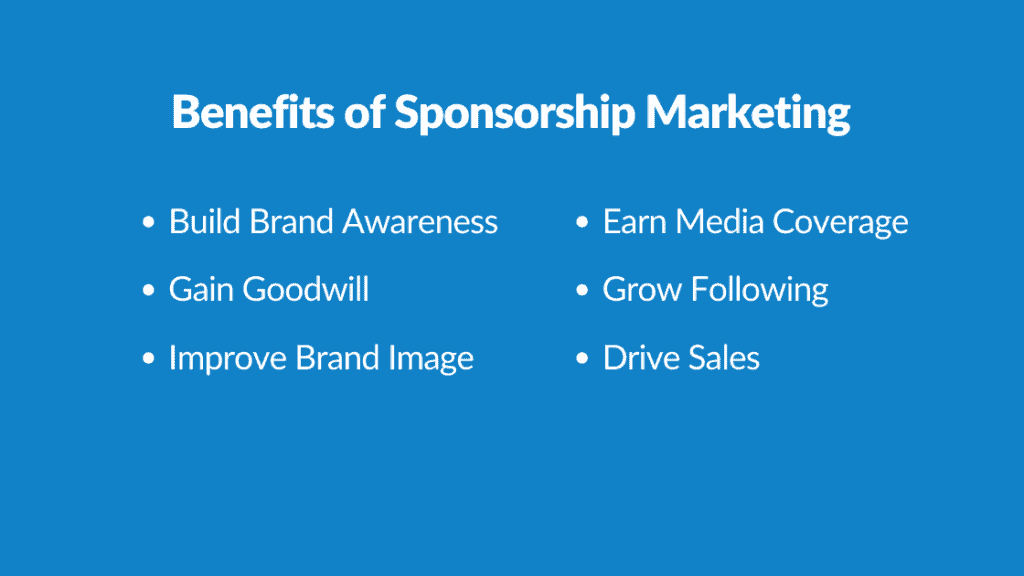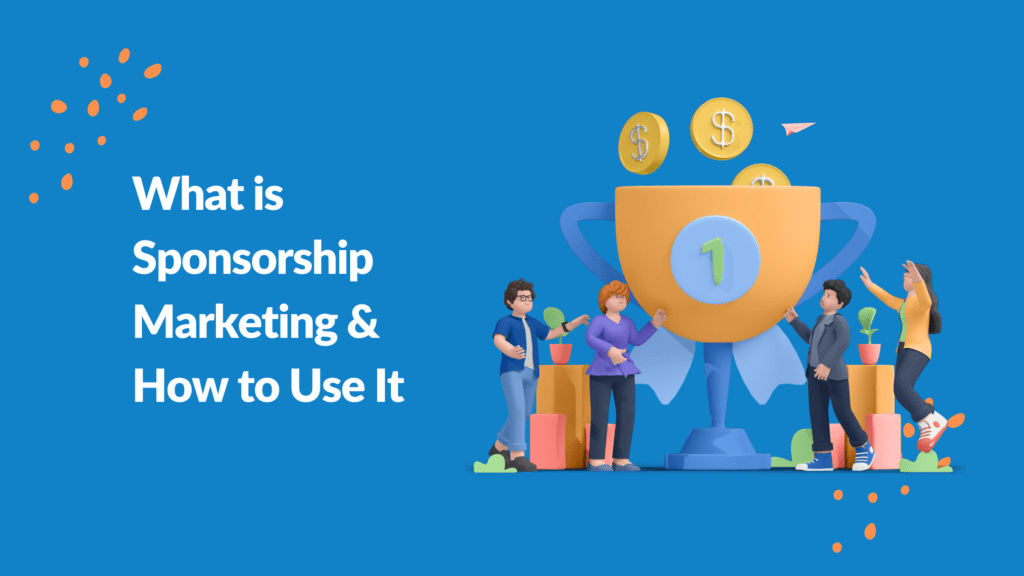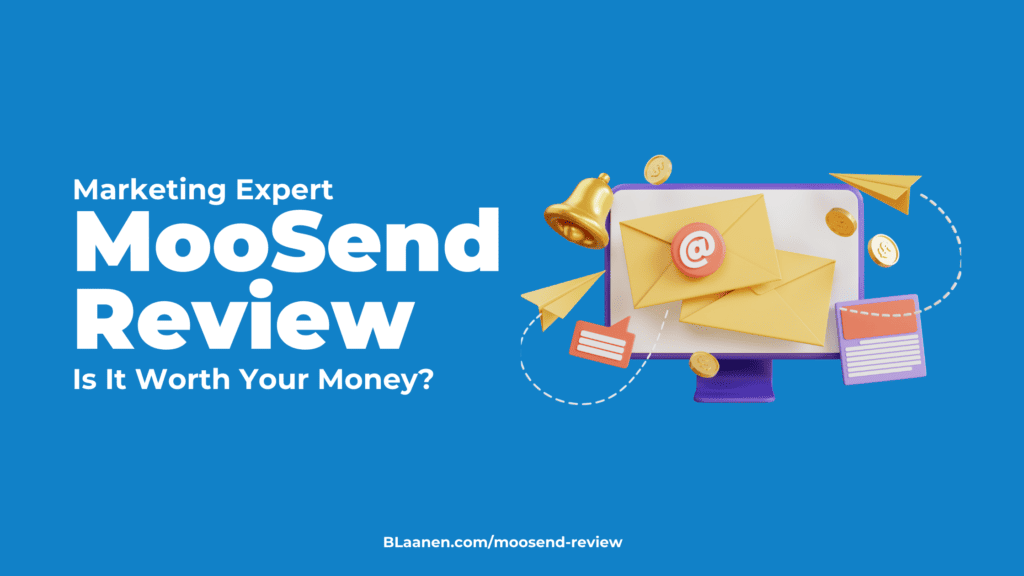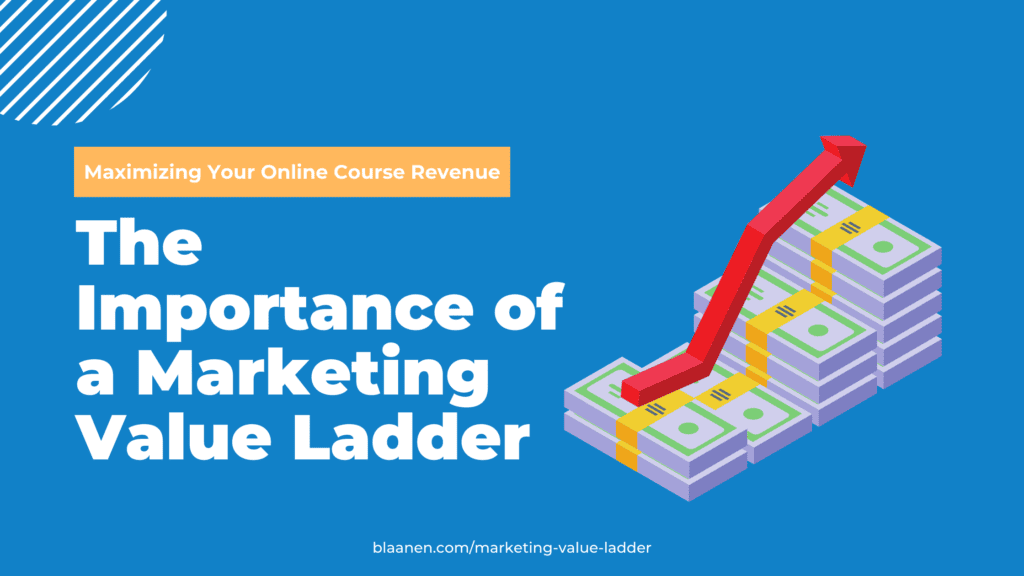Table of Contents
ToggleWhat is Sponsorship Marketing?
Quite simply, it is the process of partnering with another company or individual in order to promote your product or service. This type of marketing can be extremely beneficial for both parties involved, and it can be a great way to increase brand awareness and generate more leads.
Frankly, it’s a very underutilized marketing strategy that can be beneficial to a company of any size, including your small business.
In this blog post, we will discuss the basics of sponsorship marketing and provide you with a comprehensive guide on how to get started!
How Do Event Sponsorships Work?
Sponsorship help is frequently used in large community events to provide more interesting activities and assist in paying expenses.
These events typically attract large numbers of people, providing companies with a captive audience for their marketing efforts. At a trade show, businesses can set up booths to showcase their products and interact with potential customers. They can also distribute promotional materials, such as flyers or brochures.
Community events, such as festivals or sponsoring local sports teams, can also be excellent marketing opportunities. Businesses can participate in these events by setting up stalls, giving away freebies, or sponsoring activities. Local events may produce less reach, but can be a great fit if this is your target market.
What are Sponsorship Marketing benefits?

Build brand awareness
The publicity the sponsor supports enhances its brand image. This publicity may include advertisements, television interviews, social media, news stories, backlinks or people attending the event or seeing sponsors’ brands. Local businesses may increase their awareness through an editorial in local papers about their work.
Gain Goodwill & Improve Brand Image
A crucial factor distinguishing sponsorship from advertising has been its goodwill. With event sponsorship, businesses have the opportunity to develop goodwill with event attendees. This is a great way to differentiate yourself from competitors.
Media Coverage
For a small business, this kind of exposure can be extremely beneficial. It can help to raise awareness of the business and attract new customers. In addition, it can boost morale among employees and build goodwill within the local community.
Grow your newsletter or social media following
One way to drive long-term benefits from your event sponsorship is to ensure you stay connected long after your sponsorship is over. Get event attendees to follow you on social media or sign up for your newsletter.
By providing an incentive like future discounts, you can motivate event attendees to take action and stay connected with your brand. In today’s increasingly digital world, staying connected with your customers is essential for success. So make sure to take advantage of every opportunity to stay connected, and you’ll be sure to see success in the long run.
Drive Sales
Sponsorship marketing is a great way for small businesses to get their name out there and increase brand awareness. But ultimately, the goal of any marketing sponsorship should be to drive sales. This may happen indirectly, but if you do it right, your small business will be top-of-mind when a potential customer is ready to buy.
Make it easier for potential customers to learn more about your business. An effective call-to-action on your sponsorship materials. These days, QR codes are ubiquitous and everyone knows how to use them after the pandemic. Including one is a quick-way to get customers to your website or the product page.
How to add sponsorship marketing to a marketing plan?
If you’re not already convinced that sponsorship marketing is a powerful tool for your small business, then read on. Adding sponsorship marketing to your marketing plan can help you achieve several important goals, including building brand awareness, gaining goodwill, improving brand image, and driving sales.
Let’s dive into how to add sponsorship marketing to your marketing plan.
Research & define your target market
When doesn’t any marketing strategy start with knowing your target audience?
Knowing who your typical or ideal customer is step one finding sponsorship opportunities that you can use to your competitive advantage.
Once you have this, you can focus on defining your budget and identifying opportunities to work with sponsors.
Identify sponsorship goals
Whether the sponsorship is a product or an advertisement, a company should assess the benefits and risks to the business. Performing goal analyses before sponsors can assist in identifying the right sponsors for them. For example – companies looking for better community support can research the things they care about. It may pursue sponsors on events supporting their goals.
Define your marketing budget for sponsorship
When it comes to sponsorship marketing, defining your budget is essential. You don’t want to spend too much or too little, and you want to make sure that your investment is worth it.
Here are a few tips for defining your budget:
- Do your best to reverse engineer your end result. If you want to generate a certain revenue amount, how many sales do you need? Will the sponsorship provide you with enough reach and sales opportunities to hit your revenue goals?
- Know what you’re looking for. Make sure you know what you want from sponsorship opportunities before you start looking. This will help you to stay focused and make the most of your budget.
- Consider all of your options. Don’t just focus on big, national sponsorships. There are plenty of great local sponsorships opportunities that can provide a lot of value for your small business.
- Set a budget and stick to it. Don’t go overboard with your sponsorship spending, but make sure you’re investing enough to see results.
Find sponsorship marketing opportunities
Small businesses can find sponsorship marketing opportunities at both the local and regional level. Just make sure to look for opportunities that allow you to get in front of your target audience.
Local sponsorships are a great way to build goodwill in your community, and they can also be a valuable source of revenue. This can include being an official sponsor for a local community event, a charitable event, or just being a sports team sponsor.
Regional sponsorships offer businesses the opportunity to reach a larger audience at an industry event, and they can also provide a number of benefits for small businesses
Reach out and create a successful sponsorship agreement
It’s important to remember that not all sponsorship opportunities are created equal. To maximize the return on your investment, it’s crucial to choose the right partners and negotiate favorable terms. When evaluating potential sponsors, look for companies that share your values and have a proven track record of success.
Once you’ve identified the right partners, it’s time to start negotiating. Be sure to clearly articulate the benefits that your company can provide, and don’t be afraid to ask for what you’re worth. With some careful planning, you can create a win-win situation for both parties involved.
Be the first to know about new content
Types of Sponsorship Marketing
Your sponsorship doesn’t have to just be a financial sponsorship. In fact, you have many options to consider besides just being a cash sponsor. Depending on the product or service your business offers, you have different ways to sponsor events and build brand awareness.
In-kind Sponsorship
In-kind Sponsorship is a unique form of Sponsorship involving offering products and services in cash for a nominal fee. This page shows the various levels of in-kind sponsorship.
Media Sponsorship
This type of sponsor will offer a variety of marketing for the event through publicizing on any media channels you might own. This media coverage could be as simple as your website, a YouTube channel, or other offline medial opportunities.
Financial Sponsorship
Financial sponsorships or financial support are often called Cash Sponsors. This is definitely the most commonly used form of sponsorship. Sponsors provide money for promotions and cover costs or other benefits. Again you don’t have to be among the main event sponsors and can opt for one of these different options.
Different kinds of financial sponsorships exist including:
Prize Sponsors
This sponsor can donate certain items of their company for the occasion, like auctions and prizes for activities, etc.
Technical sponsor
Provides products to teams and industry events such as equipment, supplements, knowledge, etc.
Participating Sponsors
Often, this type of sponsorship is less costly than other options, and it can be a great way to get your business’s name in front of a large audience without high spending.
You might also be interested in “MarketerHire Review 2022 for Marketing Freelancers”
Build sponsorship partnership into your marketing plan
There are a few key things to keep in mind when pursuing sponsorship marketing.
First, make sure you choose a sponsoring partner that is aligned with your brand and target audience. There’s no point in partnering with a company that doesn’t make sense for your business.
Second, think about how you can add value to your sponsor. What can you do to help them reach their goals?
Finally, don’t forget about the call to action. You want to make it easy for possible customers to take the next step, whether that’s visiting your website or making a purchase.
By keeping these things in mind, you can maximize the effectiveness of your sponsorship and drive sales for your business.



